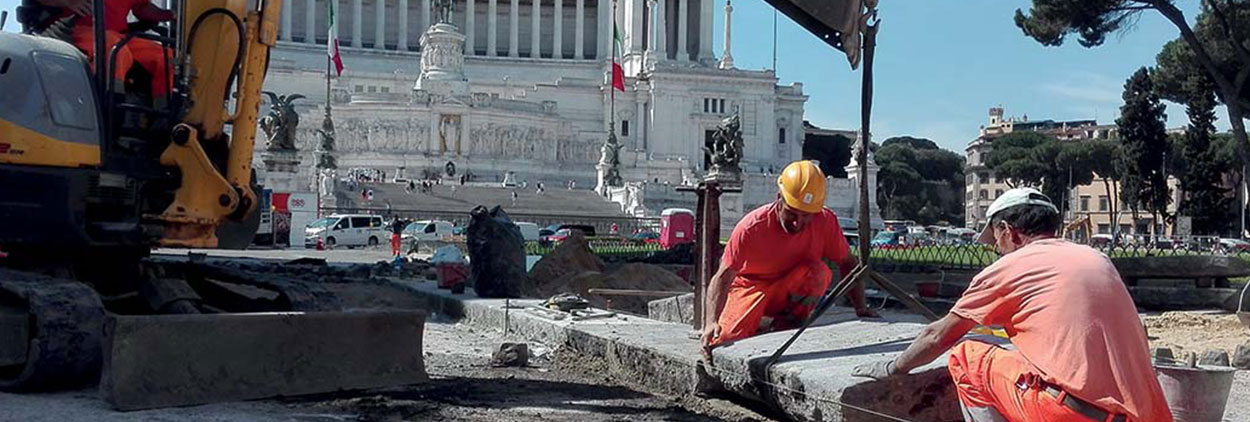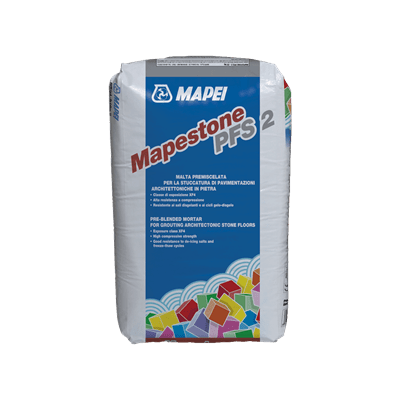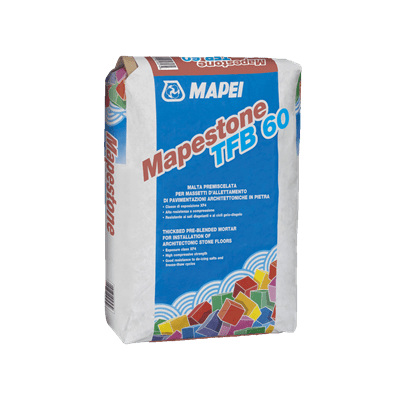
Piazza Venezia in Rome
The Mapestone System for the renovation of one of the most famous (and busiest) piazzas in the world.
Built on the ruins of other works, it has always been one of the most popular sites for tourists visiting Rome. It's Piazza Venezia, considered one of the symbols of the Eternal City. As it stands now, Piazza Venezia is the result of work carried out between the end of the 1800’s and the start of the 1900’s following the demolition or restoration of previous works. Important renovation work is currently being carried out on the paving in the Piazza to make it more functional and suitable for the high volume of traffic that passes through it on a daily basis.
Built on the ruins of other works, it has always been one of the most popular sites for tourists visiting Rome. We’re talking about Piazza Venezia, considered one of the symbols of the Eternal City.
It lies at the foot of Campidoglio (Capitol Hill) at the crossroads between three important roads in the centre of Rome (Via dei Fori Imperiali, Via del Plebiscito, and Via del Corso) and is a real goldmine in the history of art and archaeology.
As it stands now, Piazza Venezia is the result of work carried out between the end of the 1800’s and the start of the 1900’s following the demolition or restoration of previous works.
Amongst the buildings that have remained intact in Piazza Venezia there is Palazzo Venezia which was originally the home of the Pope.
The most important architectural feature in Piazza Venezia is the Vittoriano complex, which periodically hosts art exhibitions and is the permanent home of the Sacrario delle Bandiere Military Museum. Opposite the Palazzo in Piazza Venezia stands the Assicurazioni Generali building, whose essential lines capture those of its historical neighbour. One of the original features of the Piazza still standing is Palazzo Bonaparte, on the northern side, a former residence of Napoleon’s mother.
Important renovation work is currently being carried out on the paving in the Piazza to make it more functional and suitable for the high volume of traffic that passes through it on a daily basis.
A RADICAL BUT NECESSARY INTERVENTION
The first site for the complete renovation of the paving in Piazza Venezia was opened at the end of March last year, just next to Piazza Madonna di Loreto on the Fori Imperiali side of the Piazza. This intervention was considered absolutely necessary by the Rome City Council in order to eliminate age-old problem of depressions and holes in the road surface and pavement that have been bothering drivers and pedestrians who use the Piazza for a long time.
The work, commissioned by SIMU (the Council’s Infrastructure Development and Urban Maintenance Department), is just the first phase of a more articulated, extraordinary maintenance plan for the whole of Piazza Venezia. In order to identify the most appropriate way of tackling the problem, a core-sampling campaign was carried out which highlighted the need for more in-depth structural work.
The intervention involved the demolition and complete rebuild of around 3,000 m2 of existing road foundations, repair work on the cobblestones and the realignment of the paved edging around the various sectors of the Piazza.
So, for the time being at least, the intervention discussed in 2014, to remove the lava stone blocks that cover around 170,000 m2 of the Piazza and replace them with asphalt, has been abandoned.
THE WINNING INSTALLATION SYSTEM THAT RESISTS THE RIGOURS OF TIME
With Mapei Technical Services on site to follow the work, the MAPESTONE SYSTEM was the “turnkey” solution provided for the new paving in the Piazza, a system that ensure work remains more durable over the years and is resistant to de-icing salts and freeze/thaw cycles.
A system designed also to overcome the problem of mechanical stresses, as in this case. In fact, the constant passage of cars and heavy goods vehicles generate compressive stress (the weight of vehicles) and tensile stress (manoeuvres carried out by vehicles) that cause subsidence in weak and irregular substrates on which the blocks of stone that make up the paving have been installed.
The new substrate is formed by a slab made from class Rck 350 N/mm2 cast concrete reinforced with 20 cm electro-welded mesh set at a medium pitch.
The paving, on the other hand, is in basoli paving stones measuring 180 x 80 x 17 cm, with each one weighing around 600 kg, and smaller blocks in various sizes ranging from 12 to 15 cm.
The stone slabs were laid and grouted with MAPESTONE TFB 60 and MAPESTONE PFS 2 ready-mixed cementitious mortar with high compressive strength and exposure class XF4 according to EN 206-1:2006, particularly suitable for its resis-
tance to de-icing salts and freeze/thaw cycles.
The combined use of these products creates a monolithic structure which hardly deteriorates over the years.
A layer around 5 cm thick of MAPESTONE TFB 60 was spread directly over the concrete slab and, before repositioning the paving, the substrate was carefully hydro-blasted to remove all the cement laitance, oil, grease and crumbling and detached parts.
Immediately after spreading and levelling off the MAPESTONE TFB 60, a layer of bonding slurry made from water, cement and PLANICRETE was applied using the “wet-on-wet” technique before tamping the slabs into place. The gaps between the slabs (around 1 cm, as per the original layout of the paving) were then filled with MAPESTONE PFS 2, which was mixed only with water in a vertical mixer directly on site.
Higher durability of the finished paving, less maintenance and/or repair work, no wasted material and quicker installation times: these are the main economic advantages of the MAPESTONE SYSTEM, highly appreciated, as in this case, by operators and clients alike.
While waiting for the rest of the Piazza to be renovated (new tenders to complete work on the surrounding road network were issued at the beginning of the year), the MAPESTONE SYSTEM really has “laid the foundations” for the overhaul of this symbolic piazza in the capital city.












